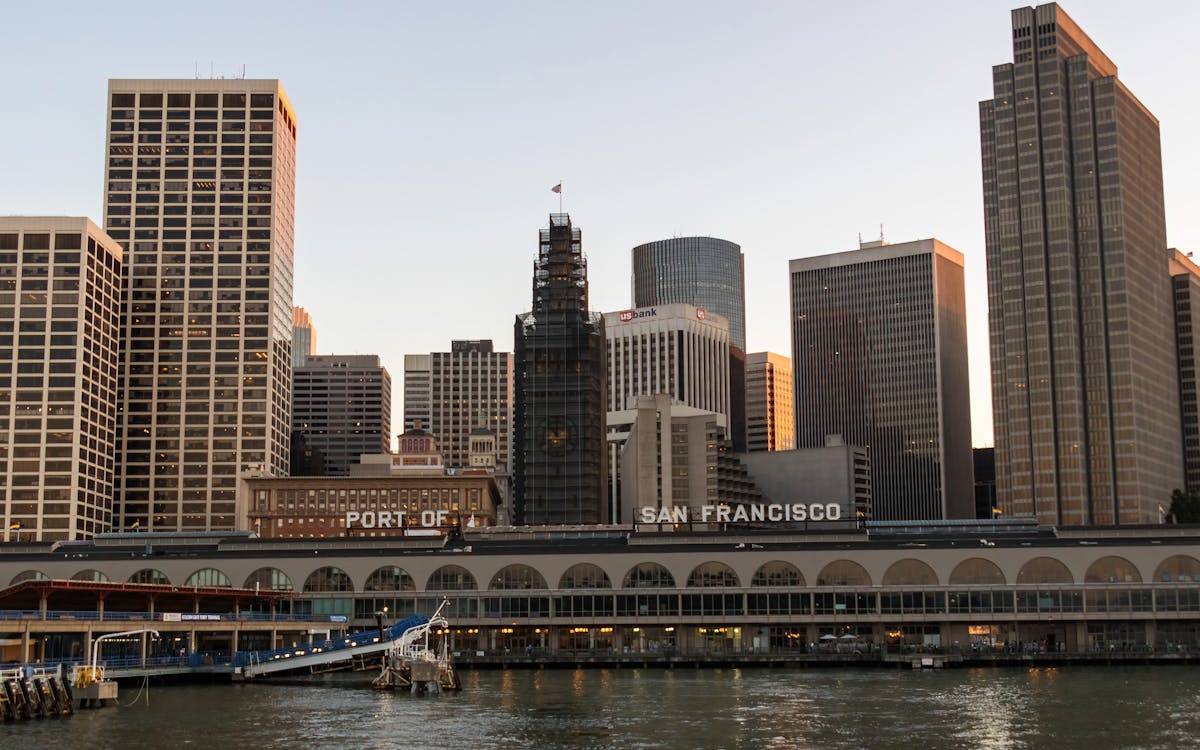Citizen-Led Change for a Healthier Bay
Citizen-Led Change for a Healthier Bay
Blog Article

Why Restoration Matters More Than Ever in the Bay Area
Over the last couple of years, the San Francisco Bay has actually weathered the impact of urban expansion, commercial growth, and environment adjustment. When teeming with wildlife and rich wetlands, much of the bay's all-natural ecological communities have actually been fragmented or deteriorated. Yet amid these challenges, something remarkable is taking place: regional residents, volunteers, and grassroots campaigns are leading a wave of ecological remediation that's bringing brand-new life back to the Bay.
Reconstruction isn't almost planting trees or tidying up trash, though those initiatives are very important. It's about restoring the foundations of life, from marsh lawns that sustain fish nurseries to shoreline barriers that guard against flooding. And in this area, the power of community participation is turning the tide really reasonably.
From Marshland to Miracle: The Return of Native Habitats
Among the most visible adjustments occurring in the Bay Area is the re-emergence of indigenous habitats. Wetlands that were when drained pipes or paved over are being rehydrated and replanted. Lawns and hedges indigenous to the area are being grown by community groups, who often count on neighborhood volunteers to help grow seed startings and take care of controlled planting events.
These native plants do greater than include plant to the landscape. They offer refuge to migratory birds, pollinators, and little animals, developing pockets of biodiversity in the middle of busy urban zones. As these habitats broaden, so does the environmental wellness of the Bay itself. When neighborhood homeowners take time out of their weekend breaks to obtain their hands in the dirt, they're not simply growing-- they're joining the restoration of a living, breathing ecosystem.
The Role of Education in Fostering Environmental Stewards
Education plays a vital component in why these community-led efforts are working so well. Schools, neighborhood centers, and not-for-profit teams are arranging hands-on discovering experiences where participants of all ages can understand the scientific research and value of reconstruction. These programs usually bring individuals in person with problems like erosion, air pollution, and water level increase-- subjects that can really feel abstract up until they're seen up close.
When someone sees the fragile balance of an estuary or finds out just how a solitary plant types can filter toxins from the water, the value of that knowledge comes to be personal. And with that said understanding comes the motivation to act. Restoring ecological communities ends up being less of a job and more of a goal. This deep connection to neighborhood areas is what establishes the Bay Area apart and fuels the long-term success of these initiatives.
Utilizing the Digital World to Drive Real-World Change
Interestingly, the press to heal the Bay's environments isn't happening in isolation from the electronic globe. Innovation is coming to be a powerful tool in rallying assistance, spreading out awareness, and linking areas. Whether through resident scientific research applications that track native types or community discussion forums organizing remediation occasions, the on-line space is complementing boots-on-the-ground action.
Recently, even regional outreach approaches have advanced. As an example, a social media marketing agency in the Bay Area might support ecological projects by assisting volunteers enhance their impact, inform their tales, and influence others to get entailed. These electronic touchpoints have the power to turn a small weekend break clean-up into a local motion just by letting individuals understand it's happening-- which it matters.
Email Campaigns That Inspire and Inform Local Change-Makers
One more digital approach making a concrete difference is e-mail communication. Updates concerning repair events, seasonal growing efforts, and contribution drives are frequently shared recommended reading via very carefully crafted newsletters that strike an equilibrium between being insightful and inspiring. It's not unusual for a well-timed campaign from an email marketing agency in San Francisco to bring a rush of volunteers or donations to a job in need.
These e-mail campaigns aren't just transactional-- they're transformative. By informing clients about the direct effect their participation has, they support long-term interaction. Visitors involve seem like stakeholders in the health of their region, and that emotional connection equates to lasting dedication.
The Unseen Work of Connecting Data, Communities, and Nature
Behind every effective reconstruction task exists a complex web of coordination. There's research to understand what habitats need most, community feedback to shape comprehensive strategies, and follow-up surveillance to ensure success. This sort of recurring initiative usually calls for not simply heart, however data, technique, and communication.
That's where the support of a digital marketing company in the Bay Area can make a quiet yet vital difference. By helping companies build solid digital systems, collect insights, and fine-tune their messaging, these groups allow community teams to scale their impact. The outcome is a more linked and efficient activity, where every action counts, and everyone feels like they're component of something larger.
The Power of People in Preserving the Bay's Future
If there's something the Bay Area has actually verified, it's that restoration doesn't need to start with huge institutions or large budgets. It can start with one next-door neighbor pulling weeds from a path, one pupil planting a native seedling, or one family members showing up to a coastline cleaning. These small actions accumulate, especially when they're supported by wise approaches and shared with the wider neighborhood.
There's something uniquely hopeful regarding seeing the tides transform-- both figuratively and essentially-- for nature. The Bay is much from fully restored, however it's being restored everyday via the perseverance and treatment of those that call this place home. With each marsh rebuilt and each native species safeguarded, we're not just restoring environments-- we're envisioning what's feasible when neighborhoods lead with objective.
Maintain following this blog for more stories on local change, community impact, and the means you can be part of shielding the all-natural elegance that borders us.
Report this page